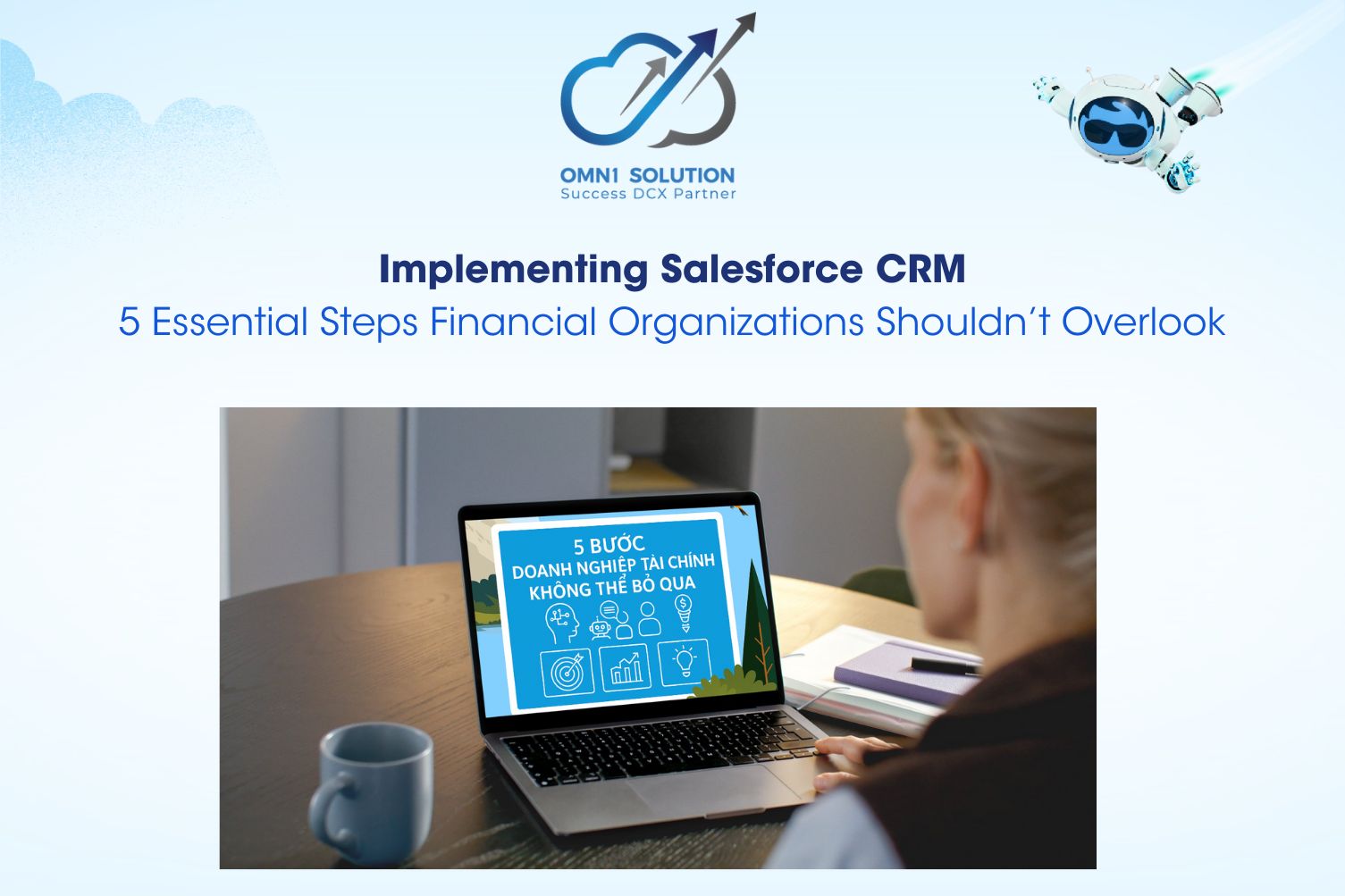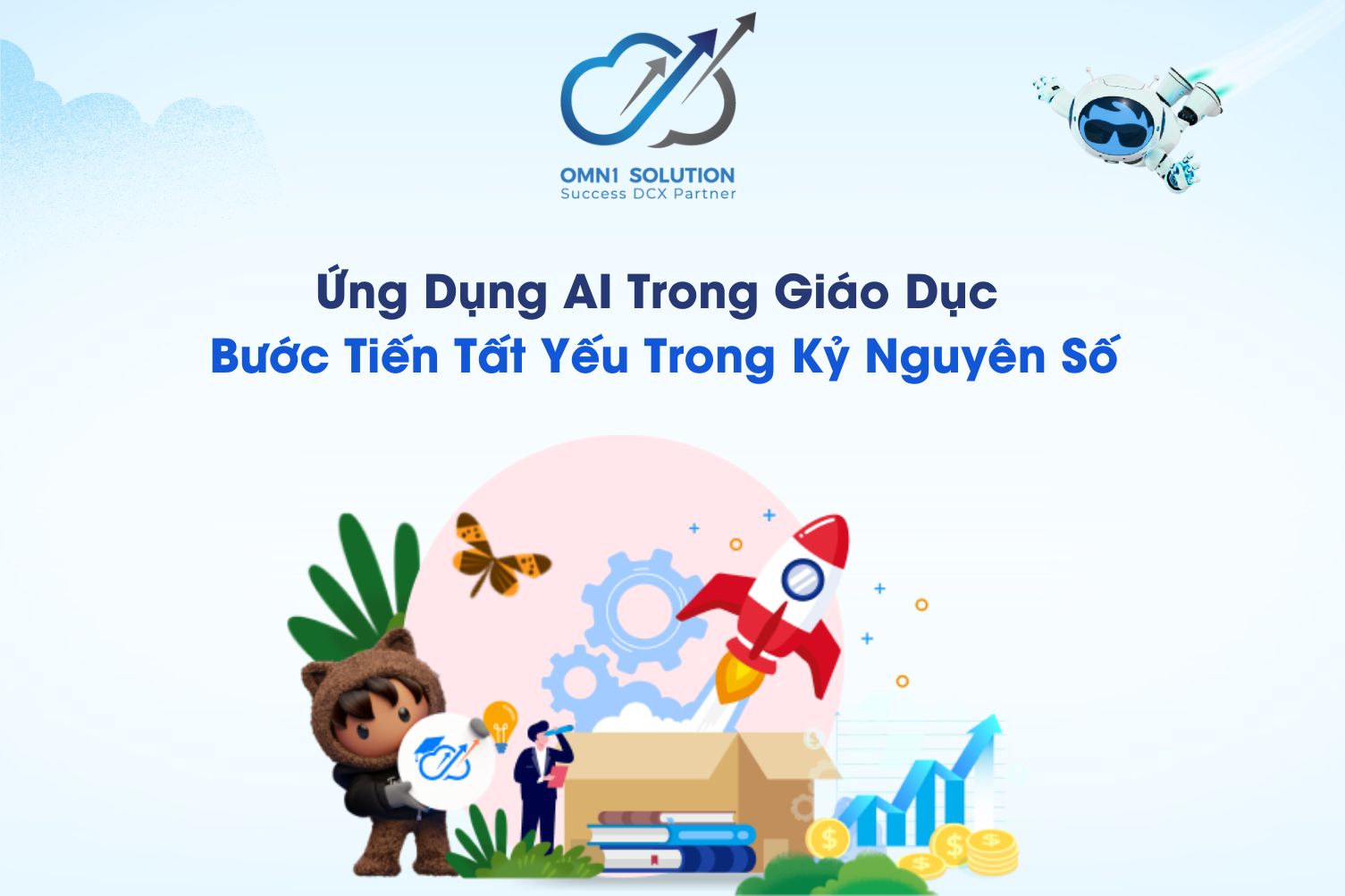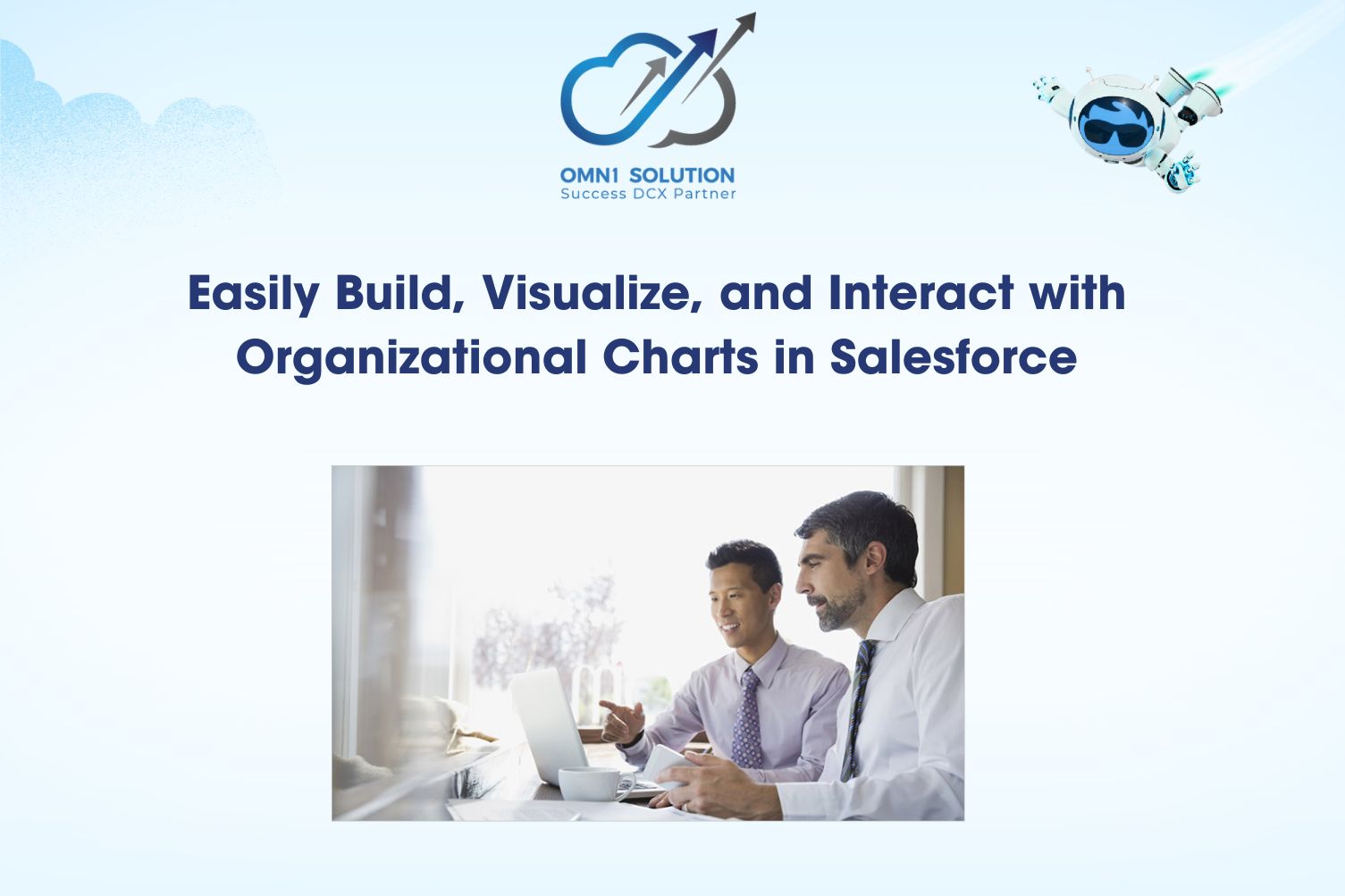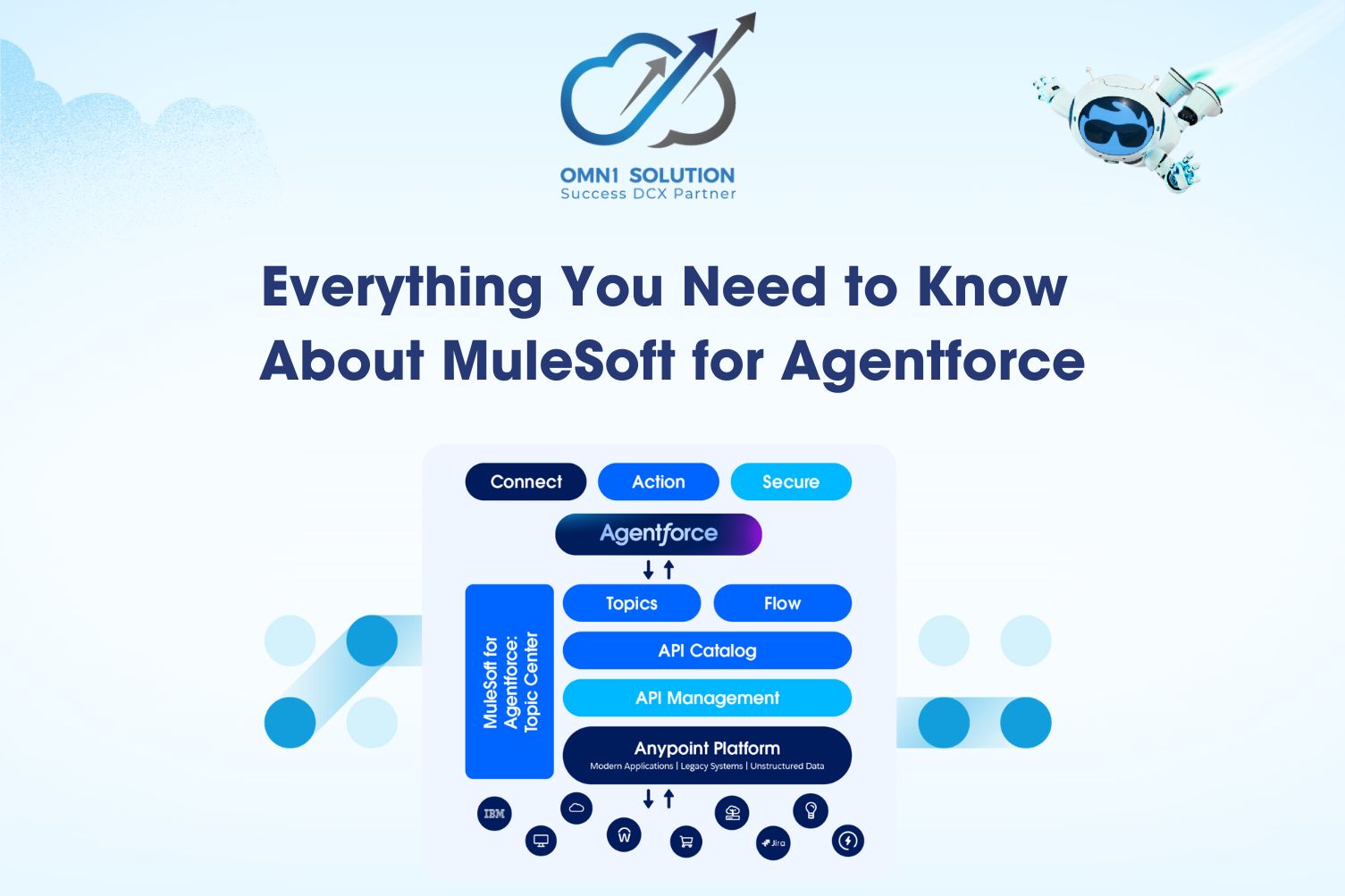Implementing Salesforce—especially its specialized version for financial institutions, Financial Services Cloud—can significantly enhance operational efficiency and customer experience in the financial sector. However, to fully unlock its potential, organizations must thoroughly prepare across strategy, human resources, data, and processes.
This article breaks down the key steps financial institutions should consider before launching a Salesforce implementation.
Step 1: Define Clear Objectives and Implementation Strategy
Before starting any technology project, the most critical step is to clearly define the strategic role of the system within the organization’s overall roadmap.
Salesforce can support a variety of goals—from improving customer acquisition and retention, unifying multichannel data, to optimizing sales productivity and enabling data-driven decision-making. However, without clear priorities, businesses may lose focus during implementation, resulting in inefficient investment.
In fact, according to a McKinsey survey, 70% of CRM projects fail to meet initial expectations due to a lack of strategic vision or measurable KPIs.
Creating a detailed strategic roadmap tailored to each phase of your business is key to long-term success. To do this, organizations should answer key questions such as:
- What specific problems in our operations will Salesforce solve? (e.g., fragmented customer data, slow processes, lack of interdepartmental collaboration)
- How will success be measured? (e.g., higher conversion rates, faster response times, improved customer satisfaction)
- What is the initial and future deployment scope? (e.g., phased rollout by department or full implementation from the start)
Step 2: Assess and Standardize Existing Data
Data is the "fuel" that powers every CRM platform. Yet in many financial institutions, customer data is often siloed across departments, lacks standardization, or is not updated in real time. Feeding this unrefined data into Salesforce reduces the accuracy of analytics, automation capabilities, and the overall customer experience.
Before implementation, companies should:
- Audit their current data systems to identify gaps in quality, completeness, and synchronization.
- Build an industry-specific data model—such as multi-layer KYC profiles linked to transactions, assets, and risk indicators.
- Establish a long-term data governance framework to ensure consistency and reliability.
Example:
DBS Bank, one of Southeast Asia’s leading financial institutions, implemented a CRM system to improve customer service and boost cross-selling. The system offered a 360-degree view of each customer, enabling the bank to personalize offerings. As a result, customer retention increased by 15%, and cross-sell opportunities rose by 20%.
Step 3: Prepare Your Team and Change Management Capabilities
Salesforce is more than just a tech platform—it’s a catalyst for organizational change in mindset and workflows. This requires strong preparation on the human side, including:
- Training and internal communication: Especially for teams in sales, customer service, and relationship management. Salesforce is not just a tool, but a new way of working. Communicating the goals, benefits, and process changes is crucial to gain buy-in and minimize resistance.
- Project team structure: Clearly define the roles between business and IT teams. Identify who will be involved full-time and who will support part-time.
- Common misconception: Many employees resist change simply because they don’t understand why a new system is needed, or see Salesforce as a burden. Business-value-driven training and communication are essential.
Example:
According to Accenture, financial organizations that invest in proper training and change management are 35% more likely to succeed with CRM implementation compared to those that don’t.
Step 4: Choose the Right Implementation Partner
Given Salesforce’s flexibility and complexity, selecting a partner with deep financial industry expertise directly impacts ROI. Consider:
- Experience implementing Salesforce for financial institutions such as banks, insurers, brokerages, or fintech firms.
- In-depth knowledge of financial operations—from customer journeys to compliance processes like Basel II/III, IFRS 17, or local regulations.
- Capability to deliver tailored solutions, system integration, and long-term maintenance support.
Example:
Global financial giants like HSBC, American Express, and Manulife have successfully implemented Salesforce through partnerships with industry-specific experts alongside internal teams.
Step 5: Evaluate System Integration Readiness
A modern financial CRM cannot operate in isolation. Salesforce must integrate seamlessly with key systems like:
- Core Banking Systems / Insurance Policy Admin Systems
- Accounting, asset management, and risk analysis platforms
- Digital channels like mobile apps, websites, and chatbots
To prepare for integration, companies should:
- Identify systems for integration, required data syncs, and update frequencies.
- Review current IT architecture: based on transaction volume, sync timing (real-time or batch), fault tolerance, and middleware/API capabilities (e.g., MuleSoft, Kafka).
- Ensure scalability and security standards (e.g., ISO 27001, PCI-DSS).
- Develop a phased integration roadmap: Instead of integrating everything at once, start with customer data, then move to loan approval or claims processing workflows.
Conclusion
When implemented correctly, Salesforce can serve as the digital core that empowers financial institutions to scale, deliver better experiences, and personalize services in today’s data-driven world.
However, this powerful platform only delivers real value when paired with solid internal preparation. The five steps outlined above provide a clear roadmap for financial organizations to reduce risk and maximize ROI when investing in Salesforce.
👉 Contact OMN1 Solution today for expert consulting and implementation 👇👇










